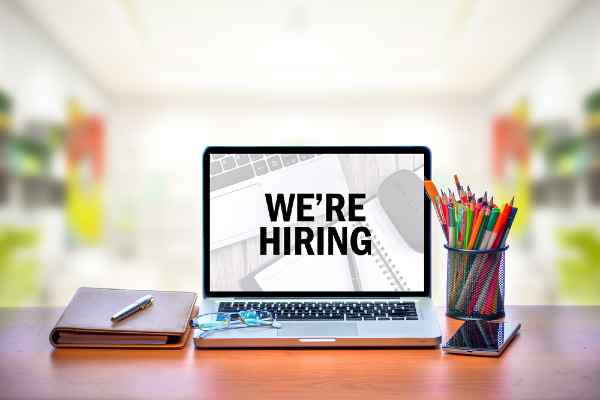Artificial intelligence (AI) is defined as “the activity devoted to making machines intelligent, and intelligence is that quality that enables an entity to function appropriately and with foresight in its environment.” By now, most of us are aware that artificial intelligence has the ability to change the way we work. For HR professionals, in particular, new variations of AI technology have recently appeared for use with hiring and recruiting efforts. In fact, according to a recent survey, 55% of senior HR professionals believe AI will become a necessity for HR in the next five years.
A recent study shows that 67% of job seekers consider workplace diversity as an important factor when considering employment opportunities. Because of this, ensuring their workforce is diverse and inclusive has become a primary concern for hiring managers. However, with HR professionals rapidly adopting AI to help with their hiring and recruiting needs, there has been a lot of discussion on whether or not it has developed a bias. So, has AI actually developed a bias for choosing candidates that are predominately white and male? And what can employers can do to contradict this bias moving forward?
How using AI can help eliminate unconscious biases
During the hiring process, if left unchecked, hiring managers can develop an unconscious bias towards specific candidates. Unconscious biases are often described as social stereotypes about certain groups of people that individuals form outside of their own conscious awareness. Unconscious biases are often difficult to overcome because they tend to form from various personal experiences and interactions.
By using AI to help with recruiting and sourcing, companies can eliminate the possibility of bias. Increasingly, job posting sites are using AI to provide their customers with the best match by pulling keywords directly from job descriptions. Based on these job posting sites’ algorithms, they can identify what skills the job requires and source candidates that present that particular skill. By focusing solely on a candidate’s skill set, employers can work to eliminate the possibility of unconscious bias.
During the hiring process, hiring managers will conduct over-the-phone and in-person interviews. But oftentimes, people can’t help but bring their own assumptions to the interview and humans aren’t able to fully explain their decision whether it is a ‘gut-feeling’ or the act of unconscious bias. With the use of AI, it can distinguish exactly where those biases were administered and properly address them.
Why Amazon’s AI recruiting tool failed
Over the past few years, there has been substantial growth in the tech industry around diversity and inclusion. However, there is still a ways to go. Last year, Amazon’s machine-learning specialists came across a major problem with their recruiting engine. Amazon’s recruiting computer models had been trained to vet applicants by observing patterns in resumes submitted to the company over a 10-year period. With the tech industry being male-dominated for a number of years, the recruiting algorithms were only pulling resumes submitted by men.
With Amazon’s new recruiting tool, the idea was to reduce the reliance on subjective opinions of its hiring managers. However, there is still work to do since many believe AI isn’t far along enough to eliminate the chance of bias. Relying solely on an algorithm to evaluate candidates, many believe we are putting our trust into a computer that cannot explain its actions.
AI is only expected to become more advanced and won’t be going anywhere soon. AI can be helpful in decreasing the risk of human error, it shouldn’t be used as the only solution. In tandem with AI, HR professionals can see tremendous rewards by using AI to help eliminate mundane tasks.
Matt Thomas is the President of Indianapolis-based WorkSmart Systems, Inc., which he founded in 1998. He is active with the National Association of Professional Employer Organizations (NAPEO), and has dedicated more than 20 years to the PEO industry dating back to his early career with industry leaders ADP and NovaCare Employee Services.
AI stock photo by Shahril KHMD/Shutterstock







